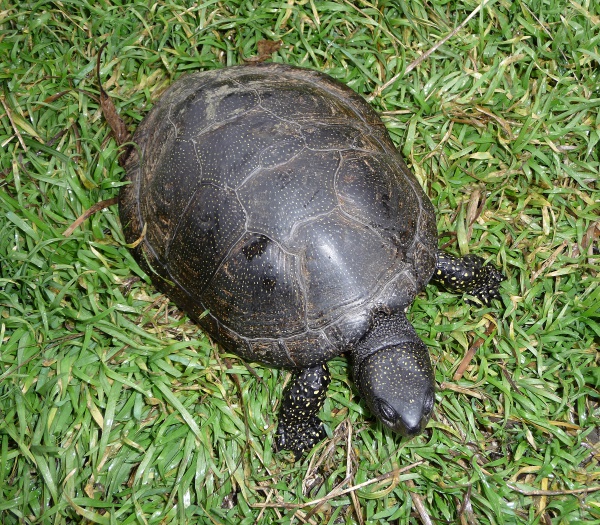Facts About European pond turtle
The European pond turtle, also known as the European pond terrapin or European pond tortoise, is a freshwater turtle renowned for its longevity. It belongs to the Emydidae family and is native to the Western Palearctic region. There are 14 recognized subspecies of this turtle, each exhibiting unique characteristics and occupying distinct geographic ranges. These turtles can be found from southern and central Europe to West Asia and North Africa. Historical records indicate that they once had an even broader distribution.
These turtles thrive in wetlands with natural landscapes and are often found both in water and on land. Unfortunately, human activities such as illegal pet trading and habitat destruction have precipitated their decline, forcing them to relocate. They are medium-sized turtles with dark brown to blackish shells adorned with yellow-spotted heads and legs.
Temperature plays a critical role in the development and physical traits of these turtles. Males are generally smaller than females, demonstrating clear sexual dimorphism. Their diet includes a mix of plants and animals, although they tend to consume more plants as they age. For nesting purposes, females select specific sites and often return to the same locations, displaying strong preferences influenced by ecological conditions.
The European pond turtle faces several threats, including climate change, road traffic, and invasive species. They also host various parasites such as nematodes and vascular trematodes. Despite their extensive distribution, these turtles have become rare in many areas due to habitat fragmentation and other mortality factors. To ensure their survival, long-term monitoring and conservation efforts are essential.

 Luxembourg
Luxembourg